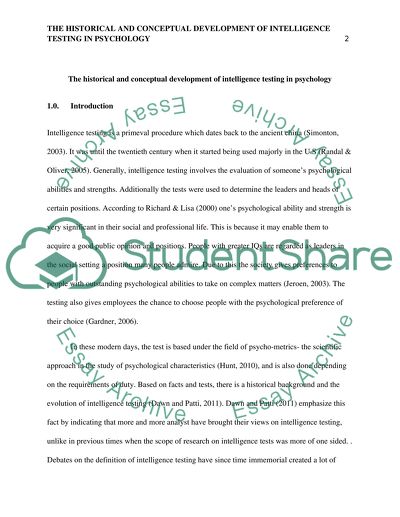Cite this document
(“The Historical and Conceptual Development of Intelligence Testing in Essay”, n.d.)
The Historical and Conceptual Development of Intelligence Testing in Essay. Retrieved from https://studentshare.org/psychology/1446237-critically-discuss-the-historical-and-conceptual
The Historical and Conceptual Development of Intelligence Testing in Essay. Retrieved from https://studentshare.org/psychology/1446237-critically-discuss-the-historical-and-conceptual
(The Historical and Conceptual Development of Intelligence Testing in Essay)
The Historical and Conceptual Development of Intelligence Testing in Essay. https://studentshare.org/psychology/1446237-critically-discuss-the-historical-and-conceptual.
The Historical and Conceptual Development of Intelligence Testing in Essay. https://studentshare.org/psychology/1446237-critically-discuss-the-historical-and-conceptual.
“The Historical and Conceptual Development of Intelligence Testing in Essay”, n.d. https://studentshare.org/psychology/1446237-critically-discuss-the-historical-and-conceptual.


